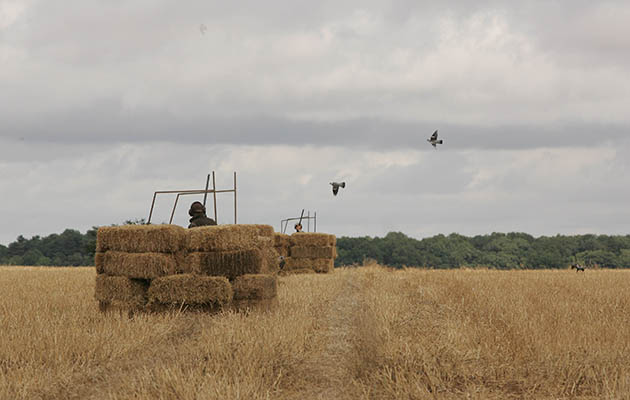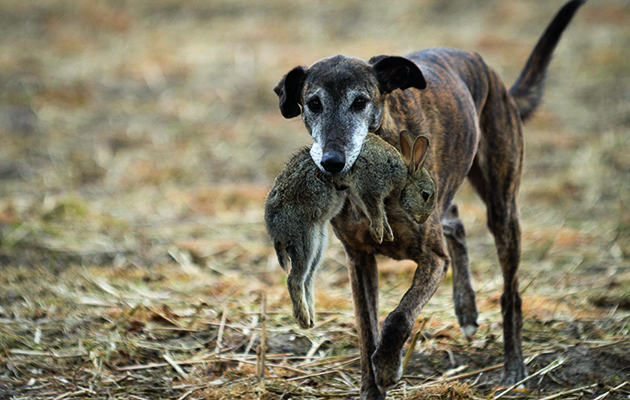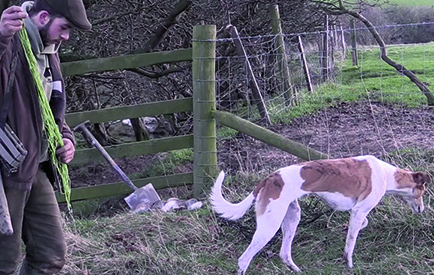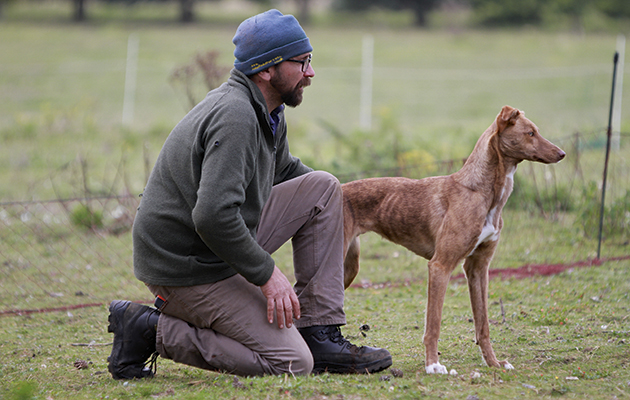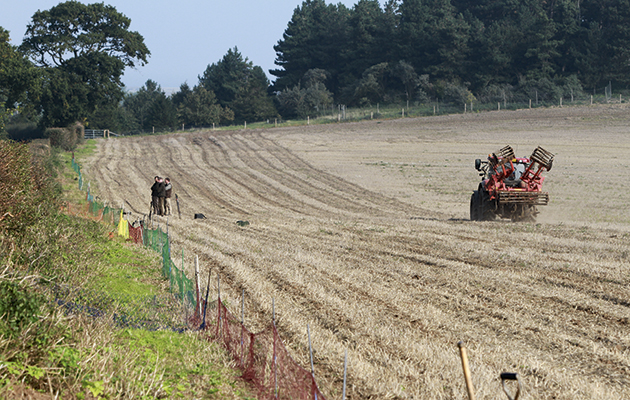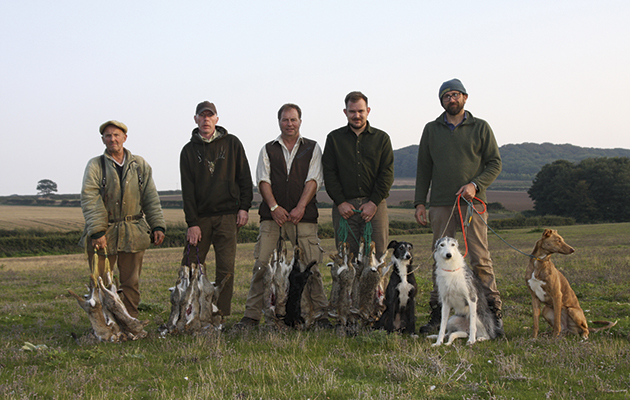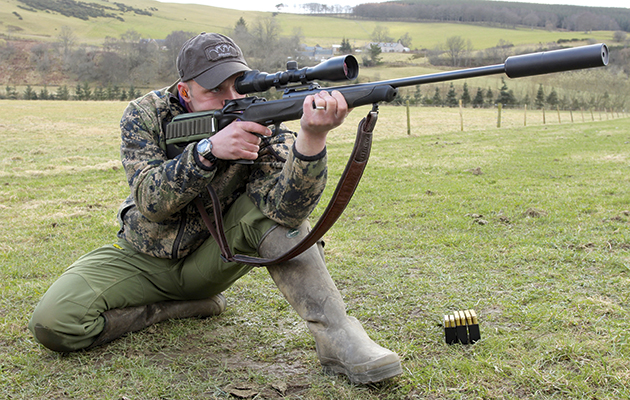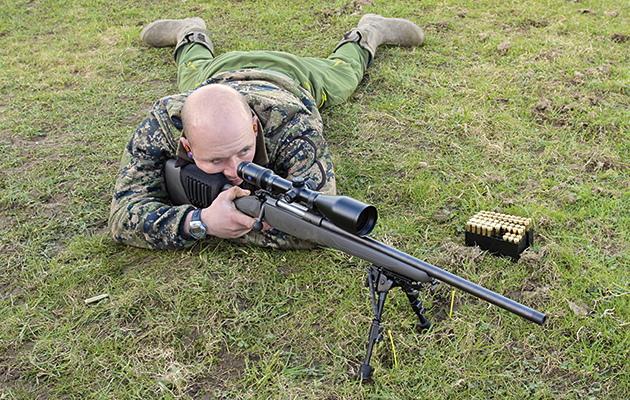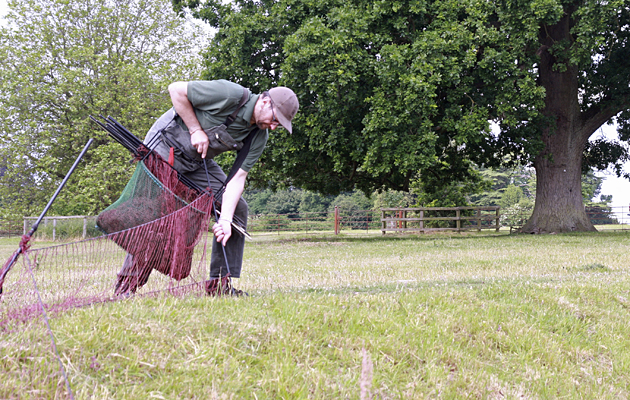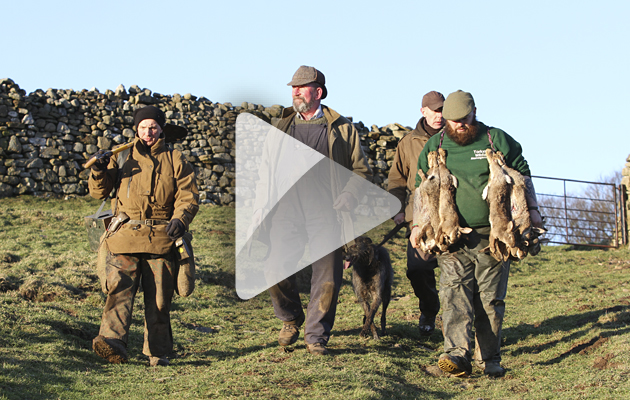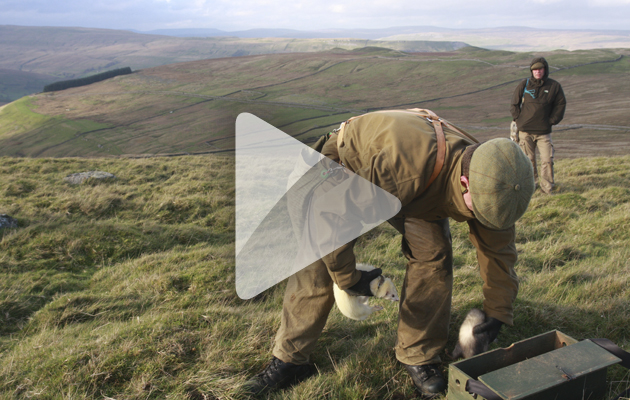Advice on breeding working ferrets
Over the years I have ferreted more than a few times, so I would like to think that I know what makes a good working ferret. At this time of year lots of kits are being born; the whole point of breeding ferrets is to improve on the ferrets that you already have. The litmus test is gauging exactly what you have and how, if possible, can you improve on it. With regret I have to say that today’s ferret is a completely different beast from that of 10 or 20 years ago.
The mighty ferret has become a victim of its own popularity, hybridised beyond belief and weakened by the same DNA that previous generations of owners had taken care to eradicate — a sad yet true statement based on the evidence I have seen and the feedback from the rabbiting community across the UK. It was once a powerful, fearless marauder of rabbits, and had a stronger prey drive and fight mode than any other domesticated species, but sadly today not every ferret would know what a rabbit is or what to do with it.
At one point, I thought this was just my opinion. But up and down the country, ferreters young and especially old are alarmed at the speed of which the modern ferret has become poor at something it once excelled at, and they ask why? I have a few thoughts. What is in no doubt, though, is that the future of ferrets is in our own hands and we have no one else to blame.
Type of character that kept ferrets
The greatest loss to the ferreting community is a particular type of character that kept ferrets. These were the owners who could only afford to keep animals that earned their keep. These people are leaving us and with them go their knowledge and their strains of ferrets. Today it seems to be convenience and fashion that tick the boxes for ferret owners over having ferrets with a strong prey drive, sound confirmation and excellent social skills.
This sobering reality forced me to have a good, hard look at my own ferrets. For them to survive and prosper as I wanted, I realised I had to expand, build a better team, weed out the weak and concentrate on the traits I wanted to cement in my strain. I had to carve out a plan that wasn’t a short-term fix but a vision for the future, the rest of my life even.
About four years ago, I put the call out and, along with a number of rabbiters, scoured the country for good working stock, examining ferrets’ lineage, their characters and how they worked. Kits were collected, raised and worked hard under my careful eye. After much deliberation and work, out of the 28 I received I kept only a single hob — but what a hob it was.
Guilty of not breeding from such quality specimens a lot earlier, I was almost starting from scratch, while building on the good ferrets I already had. My small garden was rich with mustelid aroma as these ferrets matured.

Instilling good instinct
I wanted to breed a line of good hobs of a modest build: big enough to boss rabbits and show a rabbit or two, yet be as soft as a lamb in the hand. The jills needed to be robust; sturdy enough to withstand the rigours of a hard season yet able to get stuck in and not flirt with a rabbit. I wanted ferrets that knew what a rabbit was, and were light-coloured or white and unrelated to any polecat or runty micro-ferrets that have blighted many a strain.
Those that were here and the single remaining hob were put to bed, so to speak. After a few years of breeding, working and weeding out the unsociable and/or unworkable ferrets, I now have a good squad of ferrets I am happy with. It’s a solid foundation to build from, but it still is not quite enough, and after this year’s young have been worked I hope to have enough unrelated hobs to serve whatever jill is worthy of breeding from. The rest will be castrated, ensuring no squabbles and ferretable hobs 12 months of the year.
I have a lot of potential wriggling and squealing in the hutches at the moment. I don’t know what ratio of male to females I have, as I resist looking at them too early — no matter when I look, they will still be either male or female!

Dry food in the summer
All my adults during the summer are fed dry food (Alpha Ferret Feast) to cut back on the flies, but my kits are fed just one food, rabbit. Until they have had a season under their belt, this association cements the smell, taste, touch and texture of what I expect them to seek out in the unforgiving environment that is the rabbit warren. This prey drive is what makes a ferret a ferret.
Watching a litter of blind ferrets scent the air, wriggle towards a piece of rabbit meat and instinctively start to nibble is a sight that warms my heart. By the time their eyes open this instinct is well and truly ingrained and this is what can transform a kit with good potential into a great and legendary ferret.
You need to be pragmatic about which ferrets you breed from and when if you are to improve on what you already have and further your ferrets’ working ability and social skills. Once these skills, traits and instincts have been stripped away, it takes a great deal of time to return to the fantastic yet underestimated creature the working ferret was and still is.
Read more from Simon Whitehead in the new issue of Shooting Times, out today (13th July).

